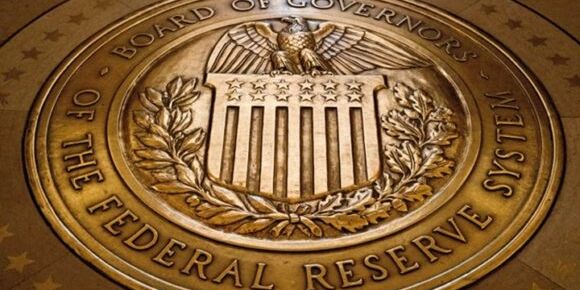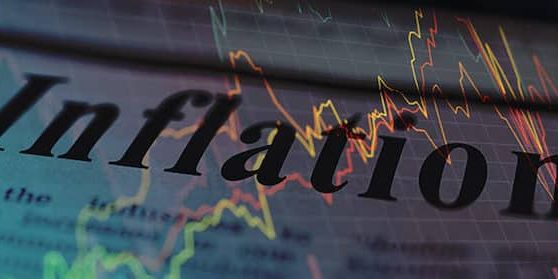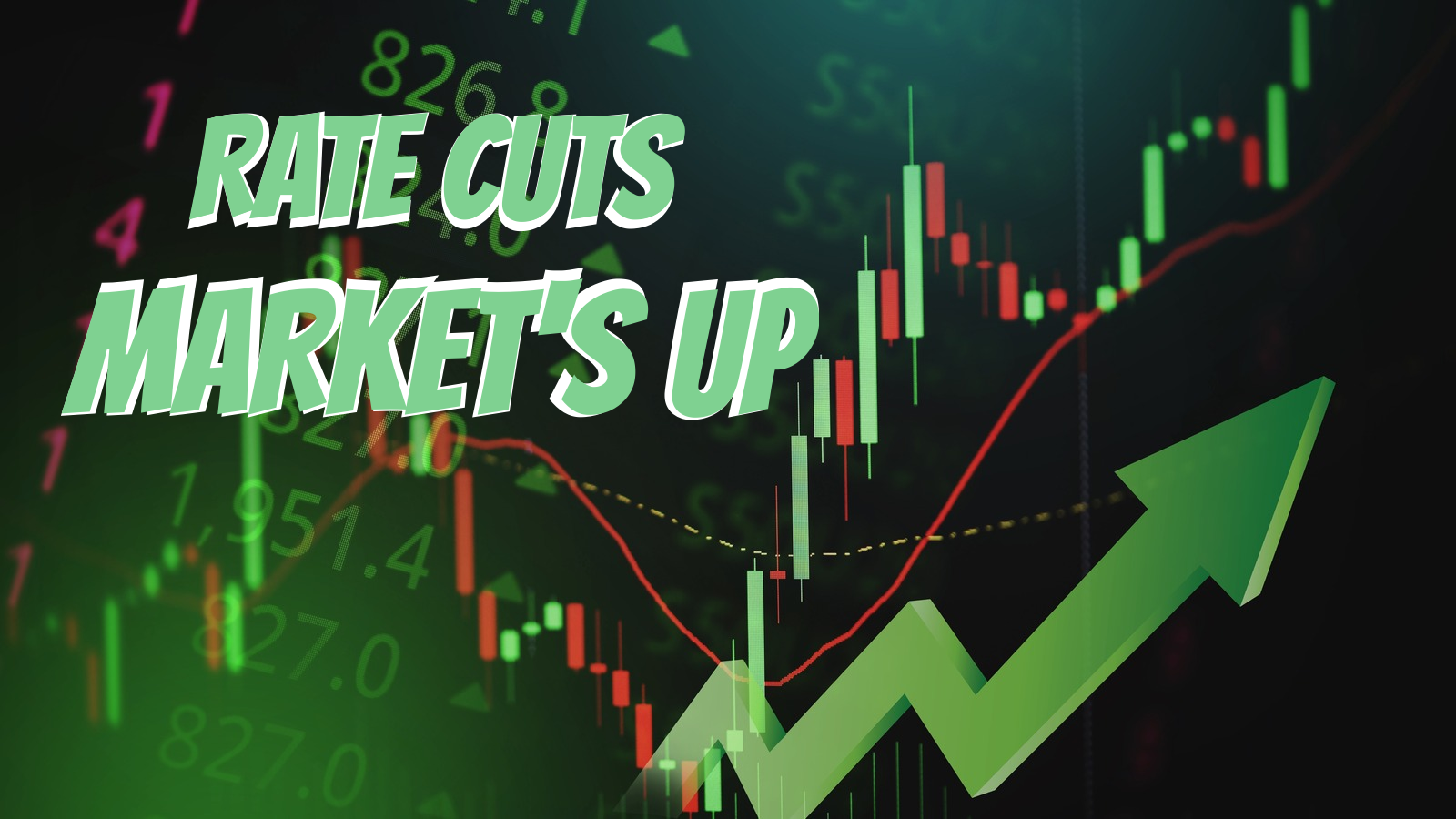Yesterday wasn’t just another day in the markets — it was a turning point.
The U.S. Federal Reserve finally cut rates by 25 basis points, lowering its benchmark to 4.00–4.25%. It may not sound dramatic, but it’s the first cut of 2025 and the strongest signal yet that the “higher for longer” era is ending.
Almost immediately, the Hong Kong Monetary Authority followed suit with its own 25-point cut. This is how the dominoes start to fall. When the Fed moves, others move. Liquidity doesn’t just appear in one country; it ripples across the globe.
For months, markets have been suffocating under tight monetary policy. Yesterday felt like central banks finally loosened the grip.


Why this matters for investors
The Fed called this a “risk management” cut — in plain English, that means the economy was starting to crack, and they didn’t want to wait until things broke completely. Inflation is still higher than they’d like, and the labor market is showing signs of weakness.
For us as investors, though, the message is clear: they’re ready to step back from the brake pedal. Cheaper borrowing costs, stronger business investment and more risk appetite all flow from this. It’s the oxygen markets have been waiting for.

Who wins?
- Stock investors: Lower rates mean cheaper capital for businesses, higher valuations and, potentially, stronger earnings. Equities should benefit, especially growth and tech stocks.
- Crypto traders: This is where risk appetite really comes into play. Tighter money hurt crypto badly. Looser conditions could bring capital back into Bitcoin, Ethereum and altcoins as investors look for higher returns.
- Borrowers & homebuyers: If mortgage and loan rates begin to fall (they lag, but they follow), people carrying debt or trying to buy a home will feel some relief.

Who loses?
- Savers: Anyone sitting in savings accounts or short-term bonds will likely see yields fall. That “safe” return on cash starts to shrink.
- Workers in a fragile economy: Cuts are happening because growth is slowing. If the labor market worsens, jobs could be at risk even as asset prices rise. The market may recover faster than people’s paychecks.
- Those battling inflation: If cuts re-ignite price increases, everyday people could feel the sting of rising costs — groceries, rent, energy — even while markets cheer.


What comes next?
Fed Governor Stephen Miran wanted a bigger cut (50 basis points). That tells me there’s still appetite within the Fed for faster easing. And with the Fed signaling the possibility of two more cuts this year, I don’t think this is the last move we’ll see.
Will rates ever go back to the highs we just lived through? Personally, I doubt it — at least not anytime soon. The global economy is too fragile, debt levels are too high and central banks know it. Once they start easing, it’s hard to slam the brakes again without causing real damage.

A global shift we’ve been waiting for
Markets thrive on two things: liquidity and confidence. Yesterday gave us both. It’s not the end of the journey, but it’s the clear beginning of a new phase. For anyone who’s been waiting to see green candles instead of red, I think the tide is finally turning.
My view: we’ll see gradual but steady cuts into 2026, enough to bring rates down without sparking panic over inflation. That’s a recipe for markets to regain momentum. Stocks and crypto have been waiting for this moment — and now it’s here.
I’m ready for this next chapter. And yes — I’m betting on the markets to rise.

